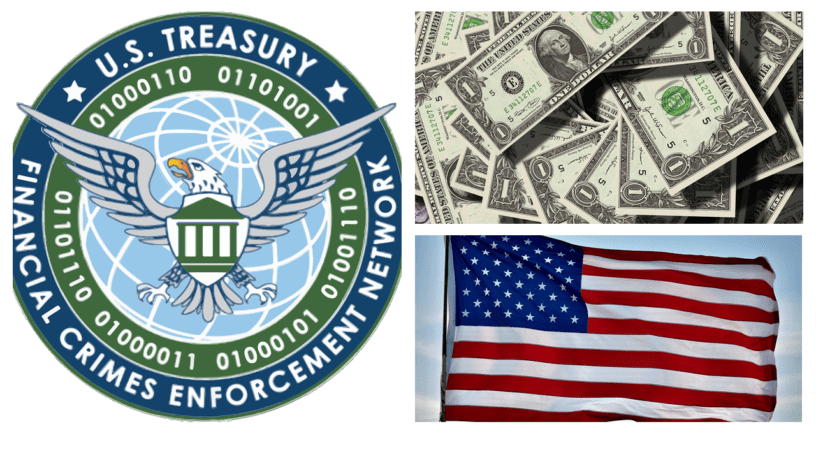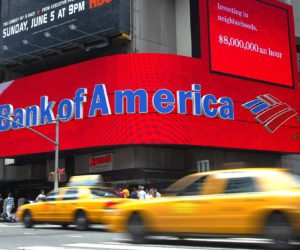By Paul O’Donoghue
One-third of active FBI Complex Financial Crime investigations were linked to SARs and CTRs, new figures have shown.
FinCEN, the financial crimes unit of the U.S. Department of the Treasury, said 22,000 suspicious transaction reports (STRs) and just under 27,000 Currency Transaction Reports (CTRs) were involved in FBI investigations in 2023.
These figures compared to the 4.6 million SARs or the 20.8 million CTRs filed with FinCEN in 2023.
However, in its year in review infographic, FinCEN said that both SARs and CTRs are important to FBI investigations.
“In 2023, nearly 16% of active FBI investigations were directly linked to SARs and CTRs,” it said.
These were particularly important for the FBI’s Organized Crime Drug Enforcement Task Force, where 37% of investigations were linked to SARs and CTRs, and its Complex Financial Crime unit, where 34% of probes were linked to the filings.
FinCEN also provided some data on Homeland Security investigations, noting that more than $1.25 billion in assets were seized by the agency last year.
However, FinCEN did not say how many STRs or CTRs were used last year by Homeland Security. Both STRs and CTRs are reported in line with the U.S. Bank Secrecy Act (BSA).
Jim Richards, the founder of AML consulting firm RegTech, said the FinCEN data raised questions about how useful most STRs and CTRs are.
“Homeland Security Investigations (HSI) conducted 26,691 investigations – but no indication of how many, or what kind of, BSA reports were utilised,” he said.
“It appears that only a fraction of SARs and CTRs are utilised by the main federal law enforcement agencies.
“But which SARs and CTRs? Why are they utilised?”
The FinCEN figures also show that just under 4,500 banks and credit unions were registered under Section 314(b) of the U.S. Patriot Act.
Section 314(b) is a voluntary program which permits registered financial institutions to share information with one another in order to identify money laundering or terrorist activity, and to report any identified suspicious activity to FinCEN.
Richards said the data showed there are a high level of banks and credit unions which are not registered under Section(b).
“There are about 9,000 depository institutions … why are half of all banks and credit unions not participating in this voluntary program?” he said.
Sarah Beth Felix, the founder of Palmera Consulting, said that the voluntary aspect of Section 314 (b) may be discouraging financial institutions from registering.
“[I] would love to see the asset stratification for those that are registered. Volunteer involvement means most financial institutions under $5 billion in assets will not see the value,” she said.
Share this on:
Follow us on:








